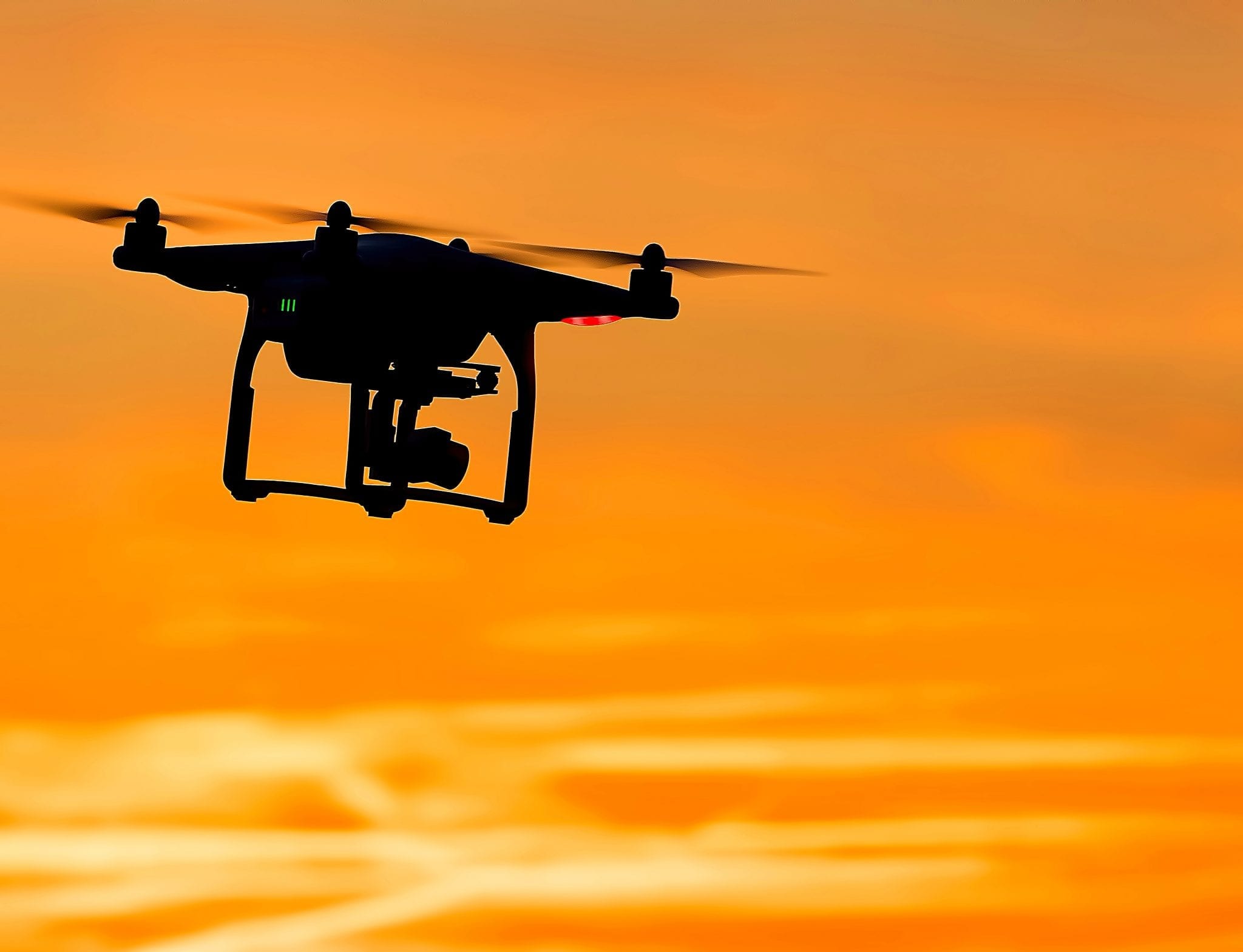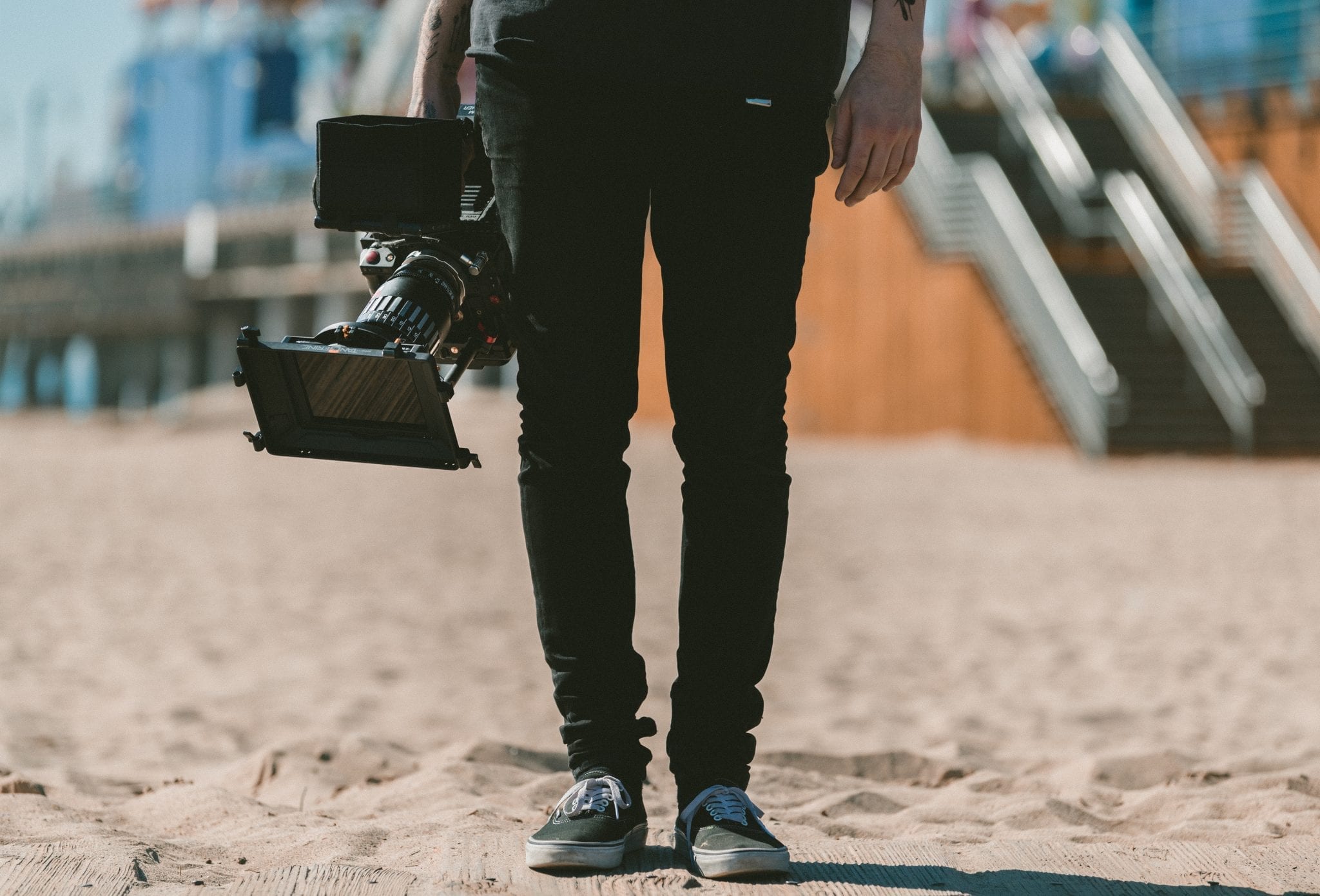In today’s special edition, we are breaking our normal schedule to inform you about recent ransomware attacks known as WannaCry and Petya, and what you can do to protect yourself. Please listen and be informed. The worst is, unfortunately, probably yet to come. Don’t get caught…
Page 16 of 108

The Amazing New World of Drones
Today on the Edge of Innovation, we are talking with Brian Gravel about The Amazing New World of Drones.

Media Technology with Brian Gravel
Today on the Edge of Innovation, we are talking with Brian Gravel about Media Technology.
Ed Alexander – Website Content Development and Segmentation
Today on the Edge of Innovation, we are talking with Ed Alexander, founder of Fan Foundry, about developing your Website Content as well as content segmentation and publishing.

Ed Alexander – Search Engine Results: Getting on Page One
Today on the Edge of Innovation, we are talking with Ed Alexander, founder of Fan Foundry, about Search Engine Results and getting on page one of search results.